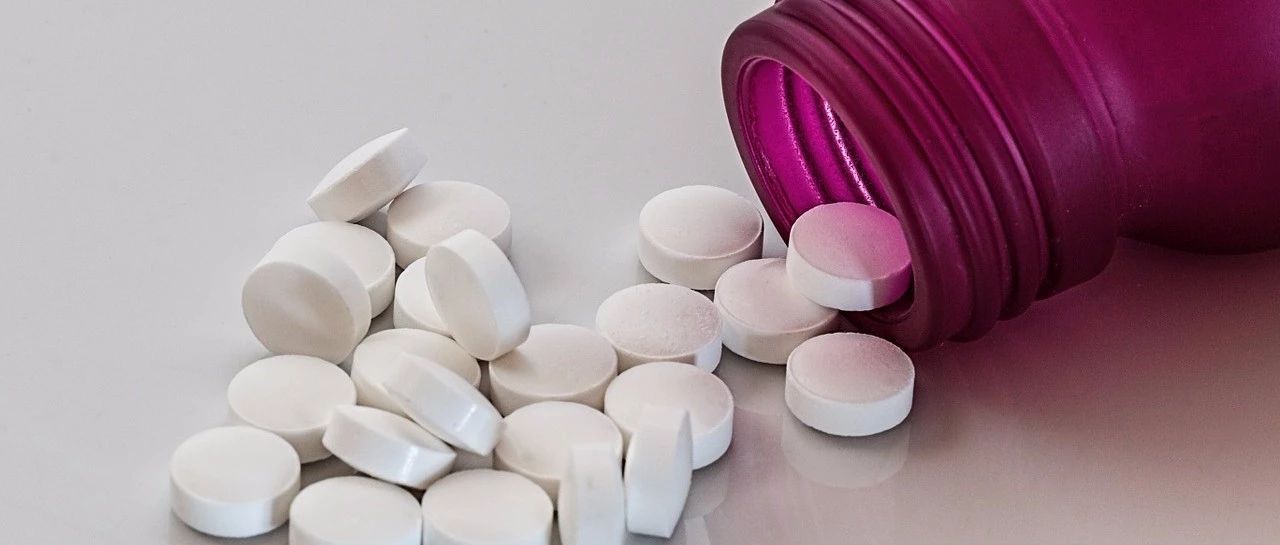
What is the most abundant ingredient in tablets?
Anyway, generally speaking, it's not medicine.
what are pills made of? You might say, of course, it's medicine. The effective drug ingredient is naturally the most important part of a pill, but it is far from the whole of the pill. A tablet weighs about 0.1-0.5 grams, but sometimes the ingredients account for only a few dozen milligrams or even less than one milligram, and the rest is made up of various medicinal excipients.
Medicinal excipients themselves are not useful for the treatment of diseases, but they are by no means dispensable. Each medicinal excipient has its function, some are responsible for protecting the drug ingredients, some are responsible for gluing the raw materials together, some are responsible for helping the drug to be absorbed, some are responsible for making the drug more convenient to use, and some are responsible for making the drug production process more smoothly. It can be said that without excipients, there would be no medicine in our hands.
if you soak an ordinary pill in water, you will observe that a neat pill will soon absorb water and expand into a small pile of loose particles. This process usually takes only a few minutes to complete. This property comes from the excipients added to the tablets. This excipient is called "disintegrant", and many of them are derivatives of cellulose or starch, which are easy to absorb water and expand, allowing tablets to quickly disperse into small particles. In this way, the surface area of the tablet in contact with water will be much larger, and the drug ingredients can be dissolved and absorbed by the body more quickly. Disintegrants are very important for the dissolution and absorption of drugs, and if the tablets are tightly pressed together without this excipient, the release of the drug will become very slow.
(tablets disintegrate in water)
in addition to disintegrants, fillers are also used in tablets. Sometimes the dose of the drug itself is too small, if it is directly made into a tablet, it will be very small, so it is not only inconvenient to take the drug, but also not easy to be accurate at the time of production. Think about it. If a pill is the size of millet grain, will it be lost accidentally? To solve this problem, it is necessary to add some fillers such as lactose and starch to fill the weight and volume of the tablets so that they can be used properly.
to smooth the production process, tablets are usually added with adhesives and lubricants. The adhesive can help the various ingredients in the tablets to be combined so that the tablets will not disperse, while the lubricant is designed to allow the raw materials to flow smoothly during production.
Coming into the latest trends and fashion, our cocktail dresses for tall ladies is all you need. Find that perfect dress, it will stay timeless and trendy season after season.
to control the release of the drug, other special excipients are added to the tablets. For example, enteric-coated tablets are usually coated with a layer of stomach acid on the surface of the tablets. Sustained-release tablets and controlled-release tablets also use a variety of medicinal excipients to control drug release, such as "burying" drugs in excipients that are insoluble in water and allowing them to be released slowly.
some excipients are used to adjust the color and taste of the drug so that patients can better accept the drug. These ingredients are especially common in pediatric medicine, strawberry-flavored granules, orange-flavored potions, and with these seemingly delicious medicines, parents will have fewer headaches when giving them. However, it should be noted that the more such drugs, the more carefully one needs to put them away, do not let children steal them.
Medicinal excipients are generally harmless inert ingredients, but they can sometimes cause allergies or conflict with drug ingredients. Excipients are like partners behind drugs, and it is also a knowledge to choose the right excipients for each drug.